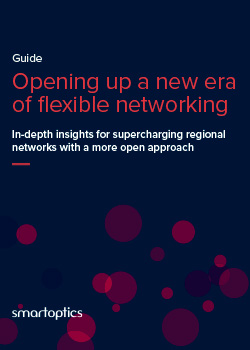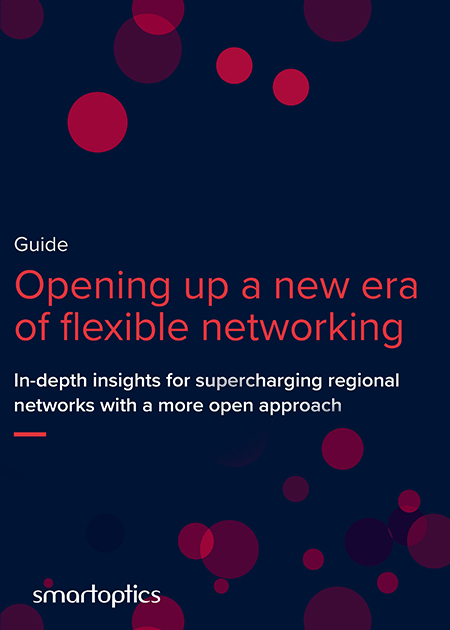Is your open optical network as open as it should be?
These days, everyone is talking about openness. Almost every optical networking provider’s website advertises “openness”. But what does open really mean, and what should you expect from a truly open solution? If you take a closer look, it’s apparent that not all of these so-called open solutions are equally “open”. Let’s explore what rural broadband service providers like you should look for to ensure you’re not getting ripped off. With real openness, you’ll enjoy greater freedom, flexibility, and lower TCO.

Opening up multi-vendor networks in the real world
Sometimes when vendors advertise “open” solutions, they mean that they use open standards. That’s it. But is that really enough? How interoperable are those solutions out in the real world? Have optics and line systems from different vendors been tested with each other, and will the vendor offer support for the line system if optics from third parties are connected using open standards? And isn’t there so much more to being open than only using open standards?
Truly open optical networking solutions should have a solid track record of interoperability from real-world deployments. They should also have an open management solution to make it easier for you to manage a disaggregated network. For instance, you should be able to combine optics from one vendor with switches from another, add on multi-vendor transponders, muxponders, and ROADMs where needed, and manage it all from one place
Real openness enables disaggregated networks with not only open standards but also proven interoperability and open management systems.
Beware of hidden fees
When you first buy a network element, everything may seem fine with the price tag. But what about later when you need to adapt your network to increased bandwidth usage from your existing customers? What if you want to increase capacity, open up additional wavelengths, or start using new features? The sad truth is that the majority of vendors selling so-called open solutions charge excessive fees for some or all of that.
Some of these types of fees might not be apparent at first glance when looking at your quote and may be a form of hidden fee. Take into account the total cost of ownership (TCO) after including these fees when comparing with a truly open solution that does not charge any such fees.
To verify if a proposed solution is truly open, ask the following three questions:
- Are there any fees for opening up alien wavelengths?
- Are there any port licensing fees for unlocking more capacity?
- Are there any right-to-use fees for certain features?
Real openness means no hidden fees, no hidden agenda, and no lack of transparency.

The guide for a new era of flexible networking
Download our guide to discover a new path to flexible networking
Smartoptics has always been truly open
At Smartoptics, we have never charged fees for alien wavelengths and we have no intention of doing so anytime soon. What you see is what you get with us. We have zero interest in locking you in. We want you to choose us because we are the best solution for any specific need you have.
We have always championed open optical networking, offering real openness before anyone else had even started to jump on the open trend bandwagon to offer superficial openness. Our real openness motivates us to do our best to meet the specific needs of rural service providers. We are not a gigantic company. We are small enough to care and big enough to deliver. We see your success as our success.
Learn more about why and how we deliver truly open and flexible solutions for rural service providers like you in our guide “Opening up a new era of flexible networking”. Don’t hesitate to get in touch if you have any questions or would like some help making sure your optical network is as open as it should be.

The guide for a new era of flexible networking
Download our guide to discover a new path to flexible networking

The guide for a new era of flexible networking
Download our guide to discover a new path to flexible networking
Related articles

Why hundreds of enterprises with mission-critical workloads choose Smartoptics for Brocade networking

Four reasons to choose Smartoptics for Brocade SAN DCI
